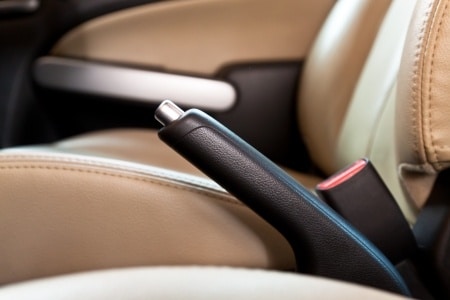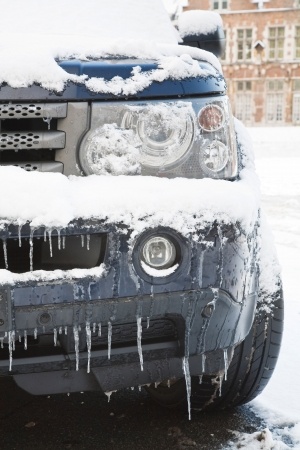4 Ways Technology is Making Cars Safer
 You know how Superman always claims that, statistically, flying is the safest way to travel? As it turns out, that’s true–and due in large part to the likelihood (or lack thereof) that an airplane is going to crash into another one. Cars, on the other hand, lead to serious injury or death at a much higher rate. Now, of course, you can’t take a plane to your local grocery store–you’ll have to drive. So what are we doing to protect drivers every day?
You know how Superman always claims that, statistically, flying is the safest way to travel? As it turns out, that’s true–and due in large part to the likelihood (or lack thereof) that an airplane is going to crash into another one. Cars, on the other hand, lead to serious injury or death at a much higher rate. Now, of course, you can’t take a plane to your local grocery store–you’ll have to drive. So what are we doing to protect drivers every day?
The Evolution of Car Safety Features
These days, we think little of safety measures such as seat belts, mirrors, air bags, and (for those little ones) car seats or booster seats. But these are safety measures that have been added bit by bit over time, giving us much safer driving experiences. Modern vehicles are implementing advanced driver assistance safety or ADAS features to help make driving even more safe.
1. Phone-Safe features
Since the invention of the cell phone’s text messaging, people have been trying to text and drive at the same time. This, as we all know, is terribly dangerous. Finally, phone companies are pairing with automobile companies to either silence your cell phone while you’re driving, or else allow drivers to keep their eyes where they should be, on the road, as messages and calls go through a voice-activated built-in system.
2. Blind spot sensors
Every driver feels that sense of terror now and again when they go to change lanes and find out in the nick of time that there’s another car in your blind spot. Now, however, cars are coming out with sensors, connected to auditory or visual systems, that scan your blind spot for you, keeping you far safer.
3. Self-braking systems
One of my personal favorite new automotive safety features is the now-present self-braking system. If your car senses that there is an object or person in front of you and you aren’t braking hard enough, some new cars will stop for you, increasing the power to the brakes all by themselves.
4. Lane-Keep Assist
Sometimes through distractedness, tiredness, or just zoning out, drivers will begin to drift in their lanes, putting them dangerously close to other cars, medians, or anything else that stands outside of their lane. For this problem, the solution (at least thus far) is called Lane-Keep Assist, and it monitors the lane lines with sensors and alerts you if you are coming too close to danger. It is also vitally important to assure the proper repair of these ADAS systems in the event of an accident. That’s why Cascade Collision is dedicated to investing in continual training and technology so we can stay ahead of the curve when it comes to safe repairs.
Involved in a collision? Call today to get a free quote and move on with your happy, hopefully safer, life.
 You know how Superman always claims that, statistically, flying is the safest way to travel? As it turns out, that’s true–and due in large part to the likelihood (or lack thereof) that an airplane is going to crash into another one. Cars, on the other hand, lead to serious injury or death at a much higher rate. Now, of course, you can’t take a plane to your local grocery store–you’ll have to drive. So what are we doing to protect drivers every day?
You know how Superman always claims that, statistically, flying is the safest way to travel? As it turns out, that’s true–and due in large part to the likelihood (or lack thereof) that an airplane is going to crash into another one. Cars, on the other hand, lead to serious injury or death at a much higher rate. Now, of course, you can’t take a plane to your local grocery store–you’ll have to drive. So what are we doing to protect drivers every day?
 You know how Superman always claims that, statistically, flying is the safest way to travel? As it turns out, that’s true–and due in large part to the likelihood (or lack thereof) that an airplane is going to crash into another one. Cars, on the other hand, lead to serious injury or death at a much higher rate. Now, of course, you can’t take a plane to your local grocery store–you’ll have to drive. So what are we doing to protect drivers every day?
You know how Superman always claims that, statistically, flying is the safest way to travel? As it turns out, that’s true–and due in large part to the likelihood (or lack thereof) that an airplane is going to crash into another one. Cars, on the other hand, lead to serious injury or death at a much higher rate. Now, of course, you can’t take a plane to your local grocery store–you’ll have to drive. So what are we doing to protect drivers every day?


